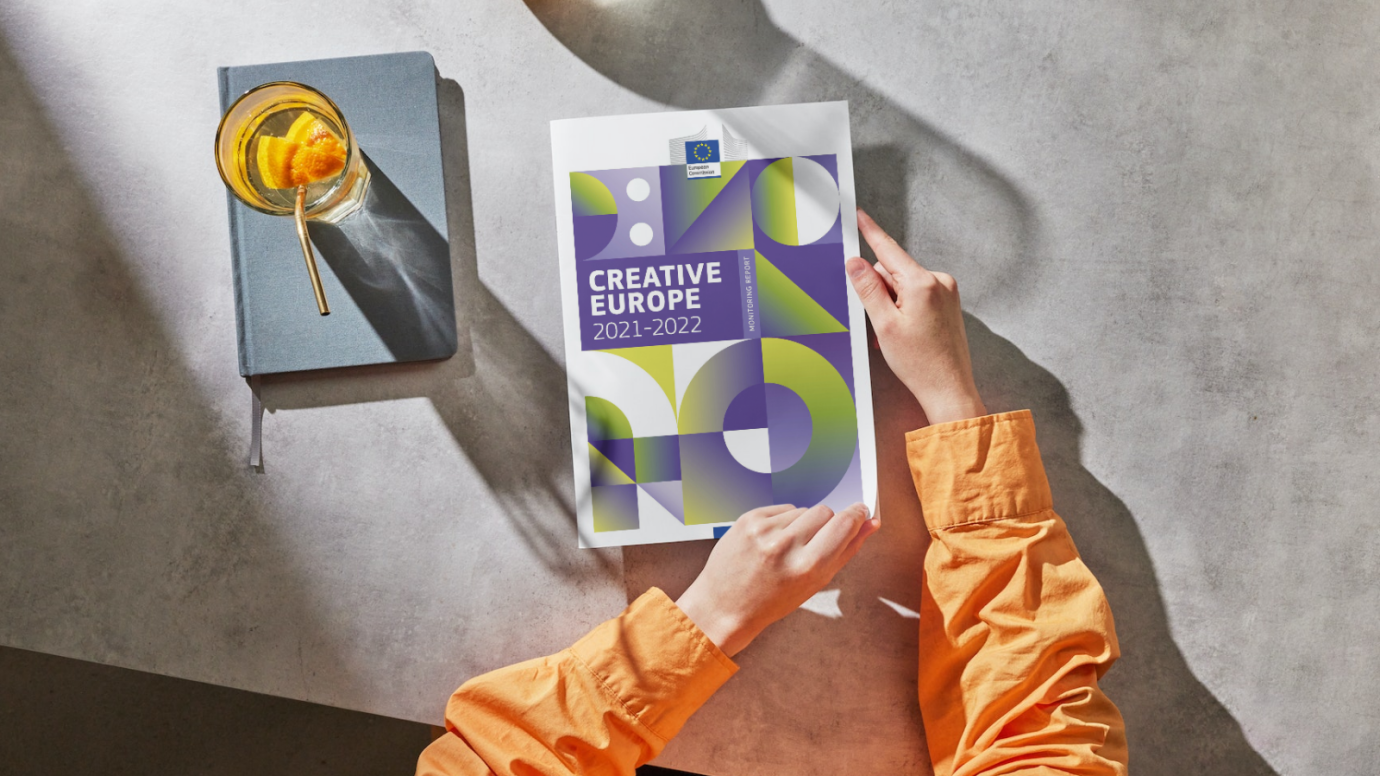Monitoring Report: impact and performance of Creative Europe in 2021-2022
The report describes how the programme has contributed to the post-Covid recovery of the cultural and creative sectors, including news and media, while encouraging them to be more innovative, greener, and inclusive.

The Creative Europe Monitoring Report 2021-2022 presents the results of Creative Europe’s work through easy-to-understand data, case studies and quotes to show how the programme works for the benefit of the cultural and creative sectors and ultimately for all Europeans.
Adapting to intense challenges
The first years of implementation of Creative Europe’s multiannual programme (2021-2027) were intense with two main immediate challenges to address that impacted the cultural and creative sectors in Europe: the COVID-19 pandemic and the Russian war of aggression in Ukraine.
The programme has been adapted, offering new support schemes that provide more opportunities for artists, professionals and organisations (most of them being micro or small organisations) to create, cooperate, innovate and develop their artistic and international careers. The first results show the relevance and impact of this support for creative professionals and audiovisual companies.
The new Creative Europe programme benefited from a 67% budget increase , going from €1.46 billion for the 2014-2020 period to €2.44 billion for 2021-2027. One-third of this sum was budgeted for 2021-2022 to address the challenges that the COVID-19 pandemic created.
Culture strand
The chapter of the report dedicated to the Culture strand features:
- the scale of the collaborations and the number of organisations involved in them with the support of Creative Europe
- Creative Europe support to European linguistic and cultural diversity
- the prizes and awards given to recognised works and projects of high quality
- the support for the mobility of artists and cultural professionals
It also presents how wider cultural policies are intertwined in the implementation of the programme, as well the way the culture strand addresses the needs of certain sectors specifically.
MEDIA strand
The chapter dedicated to the MEDIA strand includes:
- nominations and awards given to works and videogames supported through the MEDIA strand;
- innovative projects harnessing the potential of data and extended-reality technologies to create content and attract audiences
- audiences attending festivals or watching films in cinemas supported by MEDIA.
Cross-sectoral strand
The chapter dedicated to the Cross-sectoral strand gives an insight on:
- the number of companies and the loans they have taken thanks to the help from the European Investment Fund’s Cultural and Creative Sectors Guarantee Facility to develop their projects
- beneficiary testimonials on how the grants helped their development
- first results of the new calls for news media organisations


